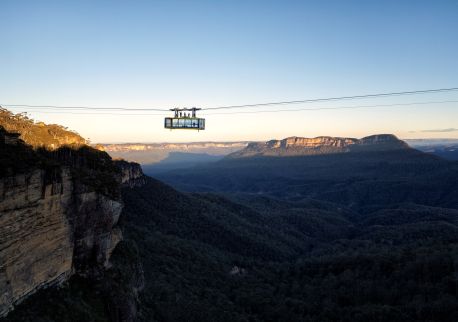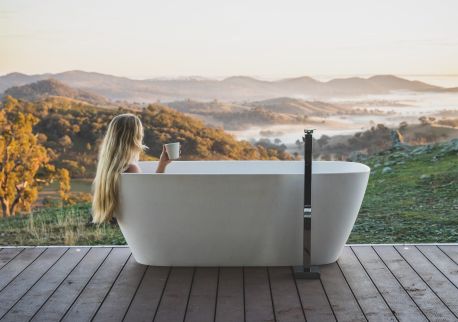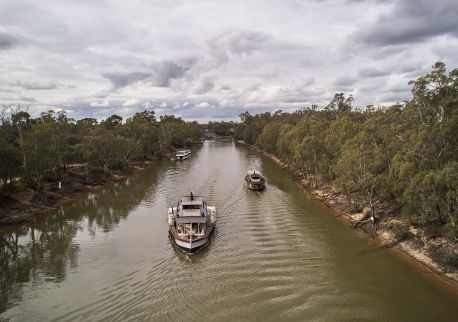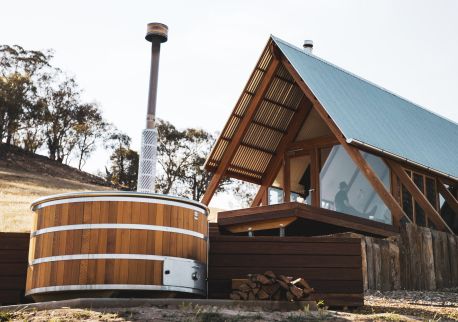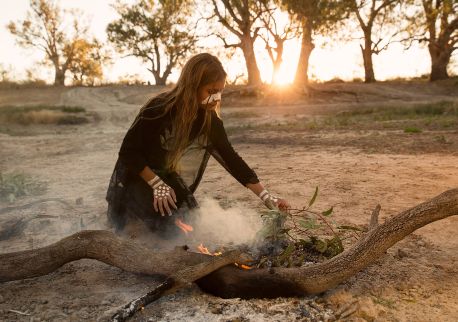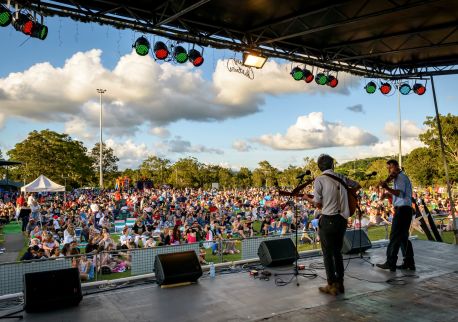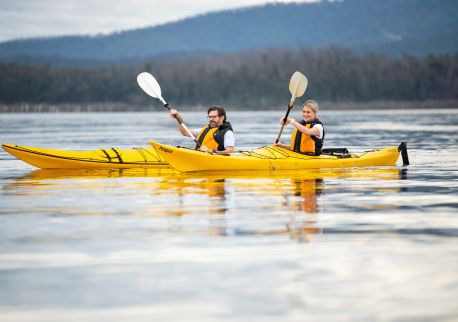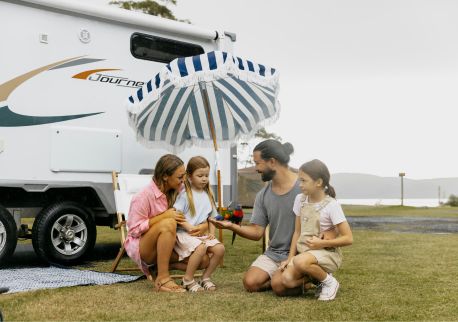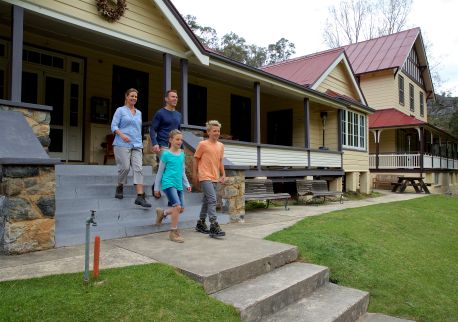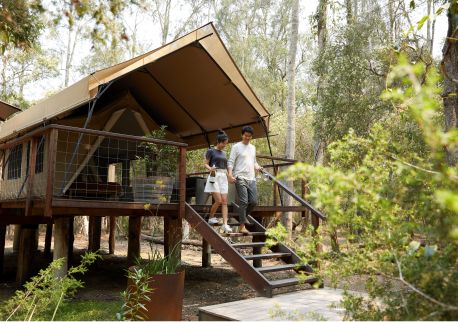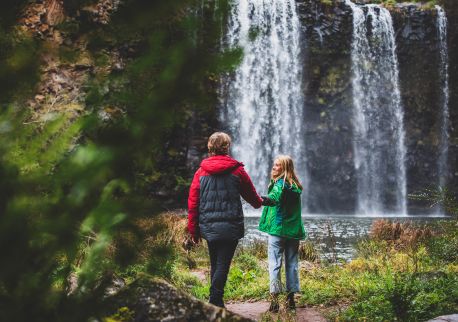The Greenhouse of Orange
Highlights
Overview
The Greenhouse of Orange is a relaxed and unique dining destination, sourcing and showcasing the best food and wine the Central West community has to offer.
On the rooftop of the Orange Ex-Services' Club, in the heart of Orange, their mission is to carve a memorable shared experience through locally-inspired food, beverage, unique activities, memorable functions and live music. The Greenhouse of Orange is a Place to Share.
Over the one-acre space, The Greenhouse of Orange features a Wine Bar showcasing the best of local wines, a private Function Room that's perfect for intimate weddings and any conference, the Family Pavilion to entertain the little ones, as well as a wood-fired Pizza Kitchen and Garden Bar out on The Lawn. The Greenhouse restaurant is a place to sit and watch the world go by while enjoying the best local seasonal produce to complement a gourmet gastro pub menu.
The Greenhouse of Orange is a finalist in the NSW Tourism Awards for Excellence in Food Tourism.

